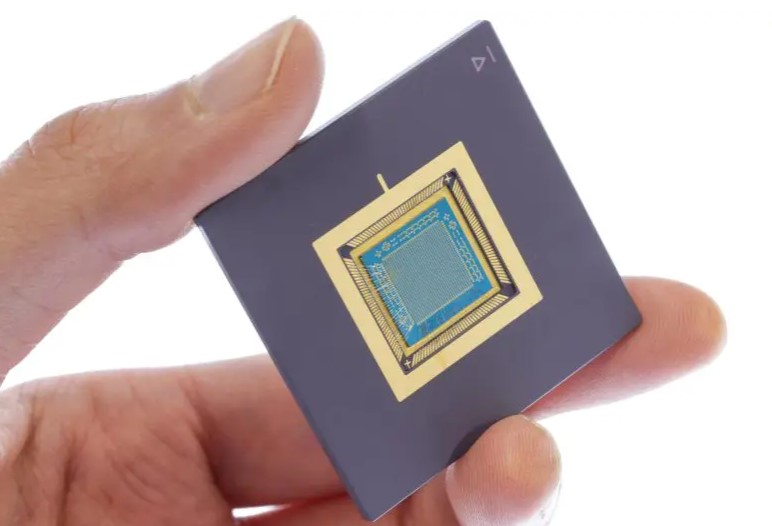
Switzerland creates the first processor on 2D transistors that does not require external memory
Today, the classical von Neumann computer architecture has become an obstacle to increasing computing power. Part of the blame for this lies with the processor’s data exchange with external memory. Storing data in the processor – where it is processed – would help reduce computer consumption many times over. The first such processor for AI tasks was created in Switzerland. It is based on new atomically thin semiconductors, not silicon.
Researchers from the École Polytechnique Fédérale Supérieure de Lausanne (EPFL) have published an article in the journal Nature Electronics reporting on the creation of a processor with 1024 transistors based on molybdenum disulfide (MoS2). They are not the first to pay attention to this semiconductor. The molybdenum disulfide layer is three atoms thick and has proven itself well in research and development as a working channel for transistors. By and large, it can be considered as graphene in the world of semiconductors. Its characteristics and methods of production are largely similar to those of monocarbon layers.
The EPFL researchers obtained their first MoS2 sample 13 years ago using duct tape, picking off the material’s scales from the base with adhesive tape. Today, they can already produce whole plates of molybdenum disulfide, which, in particular, were used to make a 1 cm2 processor crystal. And since it is a semiconductor, the technology for producing such processors can be implemented at existing plants that already process silicon.
Each MoS2 transistor in the prototype processor also contains a floating gate control. The gate is used to store the data bit and to control the transistor. The calculation data remains in the processor and is used for further processor operation. The processed data is not sent or downloaded from anywhere else. We simply feed the processor with information to be processed, and the output is the finished result.
The presented prototype of an in-memory processor is designed to perform one of the fundamental data processing operations – vector-matrix multiplication. This operation is widely used in digital signal processing and the implementation of artificial intelligence models. Obviously, such solutions are at the peak of demand today. According to the developers, having created a large-scale working prototype, they have proven the possibility of transferring the project to factories for mass production.
Separately, the researchers said that the development has come to fruition thanks to increased funding from the European Union, which is seeking to regain the title of semiconductor market leader.

